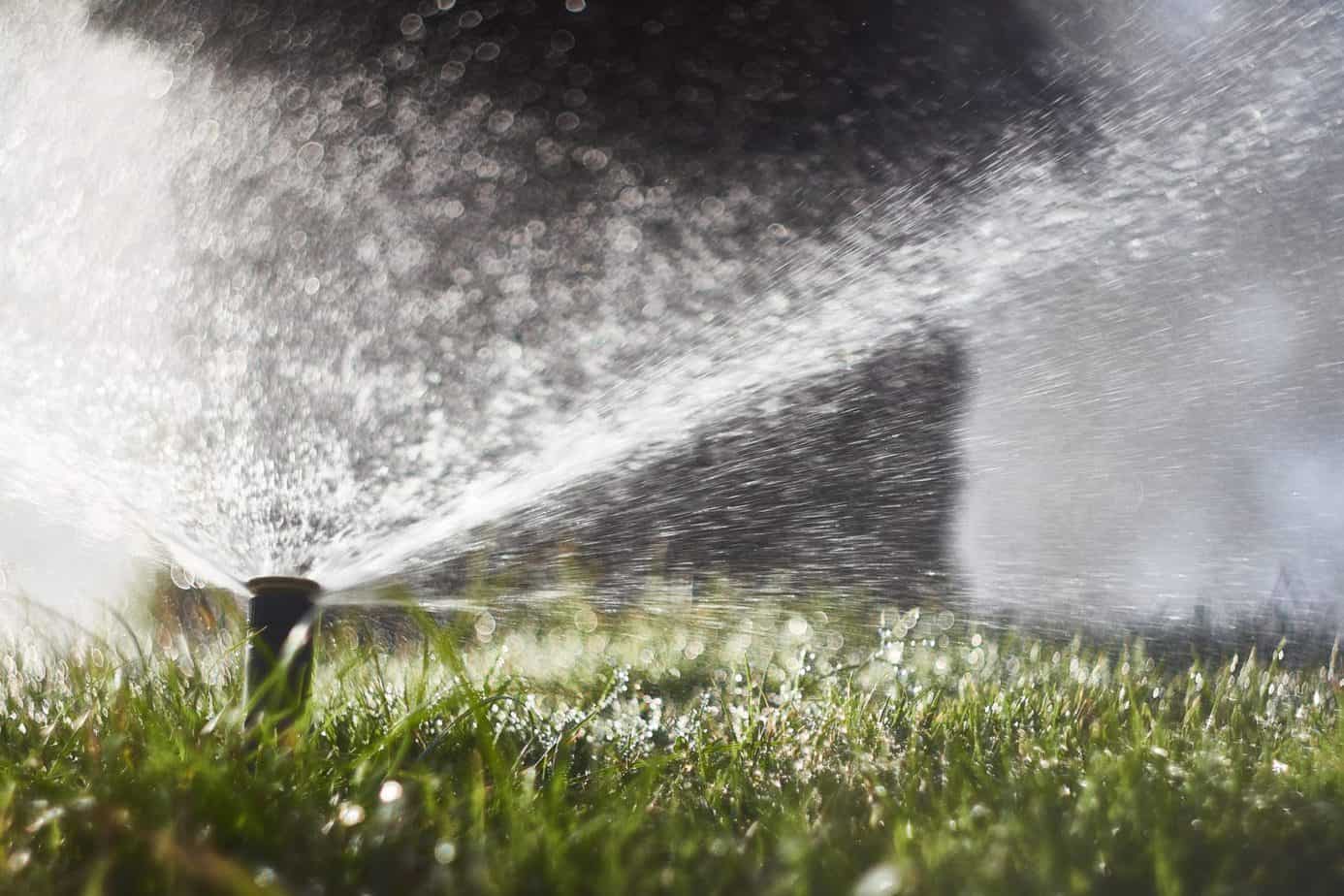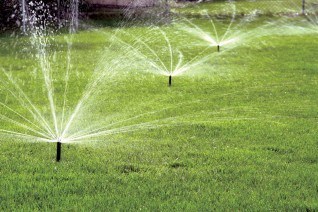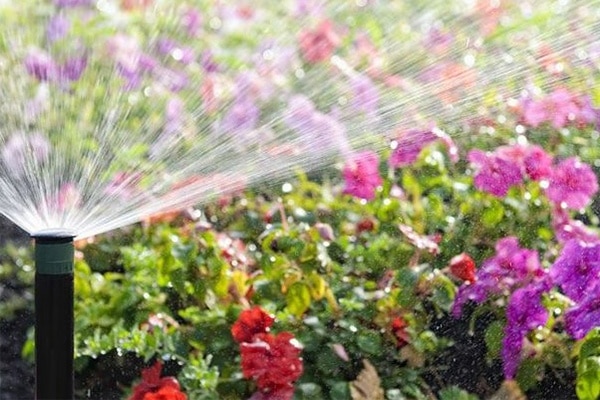Did you know that Dallas, Texas, is one of the worst summer weather cities ranked by the Farmers’ Almanac? It is one of the hottest cities and sits in a humid subtropical region, making it prone to hailstorms and tornados. During the hottest months, temperatures can soar above 100°F. You may wonder if it is worth knowing how to design a sprinkler system in such a difficult climate. The answer is – yes!
Sprinkler systems can help you save money and water and are easy to use once installed. Luckily, we have put together a complete guide on how to design a sprinkler system layout and what you’ll need to get started, so keep reading for more information!
Do You Need a Sprinkler System?
If you use a hand sprinkler or hose, you know how challenging it is to keep up with hot Texas summers, especially if you have a large yard. When asking, ‘how to design an underground sprinkler system,’ it helps to have a basic background on why sprinkler systems are important.
For starters, it helps keep grass, vegetation, and gardens plentiful. If you try and grow flowers, herbs, or vegetables during hot summers, sprinkler systems can help save you time.
An ideal sprinkler system includes the heads, hoses, and layout. Here are some other benefits of a new sprinkler system:
- Long-term convenience
- Better hydration
- Customized watering
Experts can help you design, plan, and maintain your sprinkler system for the best results.
How to Design a Sprinkler System
Residential sprinkler systems aren’t too complex, but careful planning and consideration can go a long way in how well your lawn is watered. For that reason, you should always defer to the professionals to avoid complications and higher repair costs.
What are factors to consider when asking ‘how to design and install a sprinkler system’?
- Measure area (e.g., length and width)
- Evaluate your water pressure report
- Factor in hydro zones
- Choose sprinkler head type
- Design layout
- Measure piping
- Sketch irrigation system
Many of these steps are handled by a professional. A few things you don’t want are the wrong dimensions, overwatered areas, and inadequate water pressure.
Your local water supply company can provide you with water pressure reports, and using hydro zones help watering systems. This concept avoids over or underwatering vegetation and plants.
Ideally, you should arrange your plants and garden after installing a sprinkler system. Once you and a professional sprinkler installation team have decided on an irrigation system, you can group plants based on watering requirements. Here is an example of the zones:
- 0: no irrigation
- 1: monthly
- 2: bi-monthly
- 3: weekly
- 4: bi-weekly
Talk to your sprinkler technician beforehand about the types of plants or garden you want in your yard to plan accordingly.
Sprinkler Head Types
You can’t talk about how to design a lawn sprinkler system without mentioning sprinkler head types. When you begin to understand how to design an underground sprinkler system, you also have the option of picking which sprinkler head you want, such as:
- Fixed spray
- Flood
- Gear-driven
- Multiple streams
- Pop up
- Rotary
- Shrub
Rotary sprinklers can cover large areas, including 70 to 80 feet. If you need a good water supply for a vast backyard, this is likely the option for you. It is also an excellent design if you pull low water pressure readings.
Above-ground watering systems and sprinkler heads aren’t the most efficient but can cover large areas. Before deciding on this option, talk to your technician at Circle D Construction to see if an underground sprinkler system would be more beneficial.
Garden and Plant Considerations
Do sprinkler heads make a difference when learning how to design a garden sprinkler system? Most gardens benefit from drip systems or soaker hoses. Watering over plant foliage is inefficient and can lead to fungus growth.
Instead, many homeowners find success through soaking the roots and soil. Soaker hoses direct water into the plant’s soil and can be targeted to one area of your yard.
It ensures your plants are covered without disturbing other zoning areas. Drip irrigation systems function similarly. They deliver minimal amounts of water evenly spaced out for better irrigation and hydration.
Choosing this method can ultimately lead to less water usage and better-looking gardens!
Programming Sprinkler System
Lastly, while knowing how to design a sprinkler system layout is important, programming your system ensures everything operates smoothly, and you don’t have unexpected dry patches.
After installing a sprinkler system, you should set up automatic settings to make the process easier. Most sprinkler systems have three different programs with various stations.
You can set how long each program runs and which stations it targets (where the hydro zoning principles come into play!). There are five main features of sprinkler timers:
- Start time
- Run time
- Programs
- Stop time
- Semi-auto
After your new sprinkler system is set up, do a quick run-through and ensure that everything operates smoothly. If there are areas you start noticing that lack sufficient water, consider transitioning to a semi-auto program and increase the time on one area of the yard.
Get Ready for Summer
As winter has started fading from memory, now is an excellent time to get your sprinkler systems ready for the hot summer months in Texas. Whether you need a new sprinkler installation or a reconfiguration, we have you covered at Circle D Construction.
Knowing how to design a sprinkler system can make your yard greener, more inviting, and protect plants and gardens. It also creates less water waste and takes the burden off watering your lawn by hand!
Are you ready to get started? Check out our website to get an estimate today!



